According to Dr. Hoang Duong Tung, Chairman of the Vietnam Clean Air Network, the low emission zone is not a "magic wand", but just one of the measures to improve air pollution in Hanoi .
Since the beginning of winter, Hanoi has experienced many severe and prolonged periods of air pollution. Statistics in the fourth quarter of 2024 at fixed and continuous monitoring stations in the area showed that the air quality index was at the "poor" level at 48.91% and at the "bad" level at 44.37%.
Ms. Luu Thi Thanh Chi, representative of the Hanoi Department of Natural Resources and Environment, said that the level of air pollution is worse than in Ho Chi Minh City in the last days of the year due to many reasons. The main reason is unfavorable weather conditions, air does not circulate. At low altitudes, there is a lot of fog, making the polluted air dense and stagnant.
In addition, the end of the year is also the time when traffic volume in the city and from the provinces to Hanoi is higher, causing air quality to be negatively affected by road dust and emissions from vehicles.
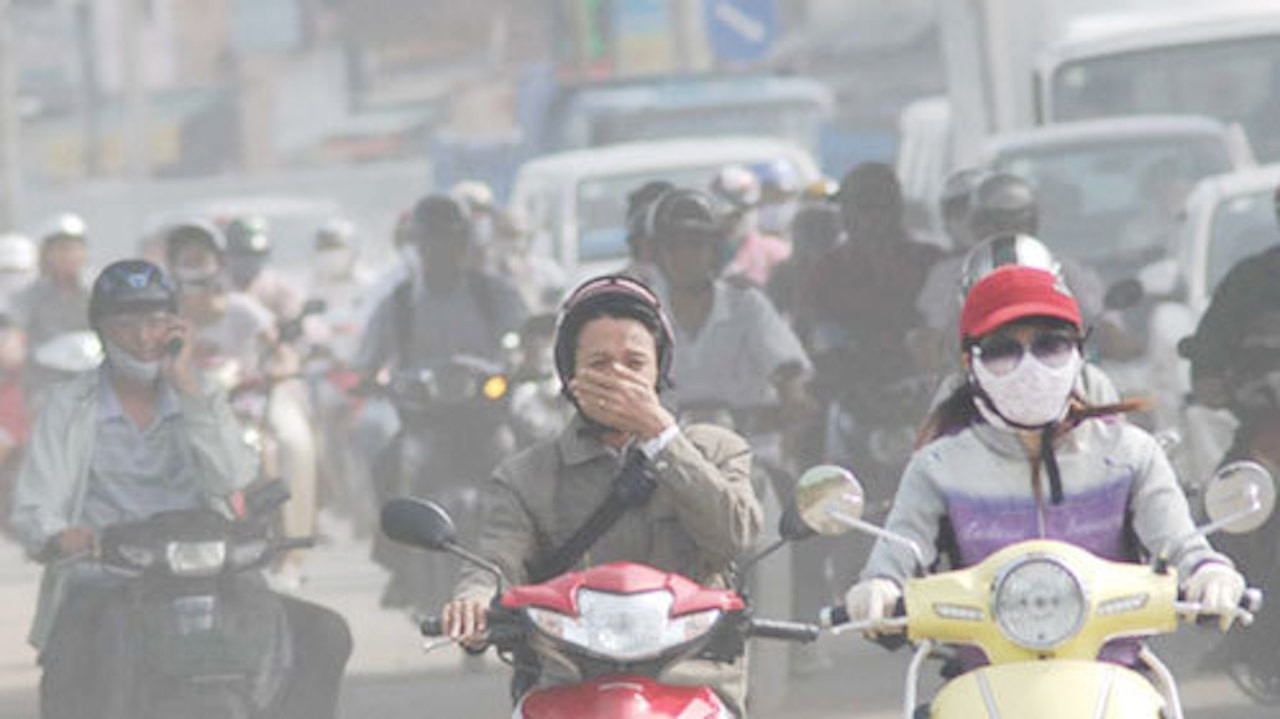
Ms. Nguyen Hoang Anh, Head of the Environmental Quality Management Department, Department of Environmental Pollution Control ( Ministry of Natural Resources and Environment ) said that monitoring air quality on the website of the General Department of Environment shows that the pollution level in big cities, including Hanoi, is increasing over the years.
"This is a really worrying issue. Air "has legs", pollution does not stay wherever it is caused, but rather it spreads from one place to another," Ms. Anh warned.
According to Ms. Anh, the main causes of air pollution include: Construction, transportation, industrial production, weather and climate... In particular, in the North and Hanoi area, pollution often breaks out at the end of the year due to the highest level of economic and social activities. Construction works are carried out massively, trade of goods is bustling, factories and enterprises increase their maximum capacity, plus the "warm blanket" of the weather and climate, causing the air pollution index to increase dramatically.
What problem solves pollution?
To improve the quality of the living environment, Hanoi has recently included low emission zones in the Capital Law to reduce air pollution from traffic. This is a breakthrough for Hanoi, as well as the whole country, to develop green - clean - convenient - low-cost transportation, limiting personal vehicles.
The low emission zone will initially be piloted in Hoan Kiem and Ba Dinh districts. These are two districts with high population density and have the foundations to develop low emission zones.
A representative of Hoan Kiem district said that the district is in the process of surveying solutions and hopes to soon receive guidance from the Hanoi Department of Natural Resources and Environment in implementing low emission zones.
However, in the process of implementing the low emission zone, this district also encountered some difficulties, mostly related to people's awareness.
"Because, while many people use electric vehicles to contribute to improving air quality, there are still many cases of polluting actions. In addition, because the traffic infrastructure in Hanoi is not yet uniformly connected, it makes it difficult to implement the low emission zone. Typically, electric vehicles are reasonably priced, but charging takes a lot of time and the charging station system is not many," informed a representative of Hoan Kiem district.
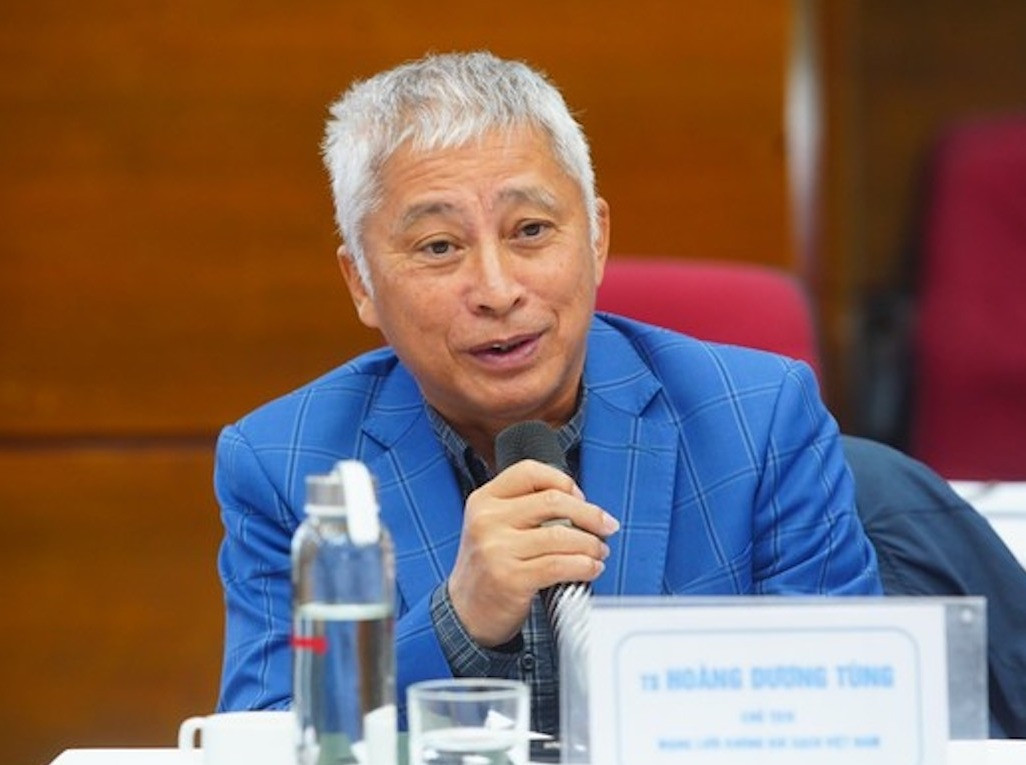
Dr. Hoang Duong Tung emphasized that we cannot control the climate and weather, so we must find the cause of pollution to come up with solutions. In particular, low emission zones are not a "magic wand", but only one of the measures to help improve air pollution.
The effectiveness of low emission zones has been proven in many countries, for example in Europe there are more than 300 low emission zones. He said, through research on documents and experiences in cities around the world, the results of implementing low emission zones depend a lot on the implementation.
"But it must be emphasized that designing low emission zones is very difficult, requiring correct awareness, correct design and correct action. There is no common model for implementing low emission zones, although they all have the common goal of reducing pollution," said Dr. Hoang Duong Tung.
To effectively implement low emission zones, Dr. Hoang Duong Tung recommends that the Hanoi government should immediately build a detailed document system so that Hoan Kiem and Ba Dinh districts have a direction for project development without having to struggle to find it.
"In particular, the city needs to have proactive solutions and act according to a win-win mechanism. For example, how to support motorbike inspection, support the conversion of gasoline motorbikes to electric vehicles, build electric charging stations in the two districts, reduce public transport prices, and develop bicycle and electric vehicle rental systems? In addition, it is necessary to pay attention to inter-district issues to enhance implementation capacity," Mr. Tung emphasized.
Source: https://vietnamnet.vn/vung-phat-thai-thap-o-ha-noi-khong-phai-cay-dua-than-gam-o-nhiem-khong-khi-2365267.html


![[Photo] Panorama of the Opening Ceremony of the 43rd Nhan Dan Newspaper National Table Tennis Championship](https://vphoto.vietnam.vn/thumb/1200x675/vietnam/resource/IMAGE/2025/5/19/5e22950340b941309280448198bcf1d9)
![[Photo] General Secretary To Lam attends the conference to review 10 years of implementing Directive No. 05 of the Politburo and evaluate the results of implementing Regulation No. 09 of the Central Public Security Party Committee.](https://vphoto.vietnam.vn/thumb/1200x675/vietnam/resource/IMAGE/2025/5/19/2f44458c655a4403acd7929dbbfa5039)
![[Photo] President Luong Cuong presents the 40-year Party membership badge to Chief of the Office of the President Le Khanh Hai](https://vphoto.vietnam.vn/thumb/1200x675/vietnam/resource/IMAGE/2025/5/19/a22bc55dd7bf4a2ab7e3958d32282c15)

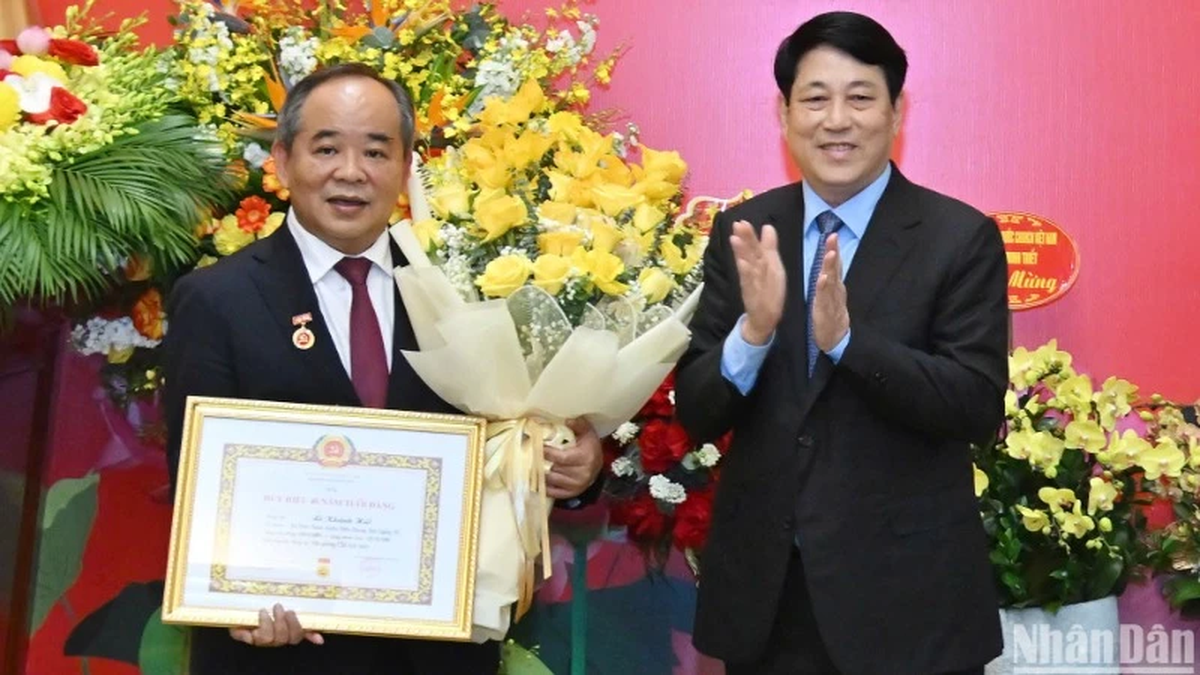
![[Photo] Close-up of Tang Long Bridge, Thu Duc City after repairing rutting](https://vphoto.vietnam.vn/thumb/1200x675/vietnam/resource/IMAGE/2025/5/19/086736d9d11f43198f5bd8d78df9bd41)


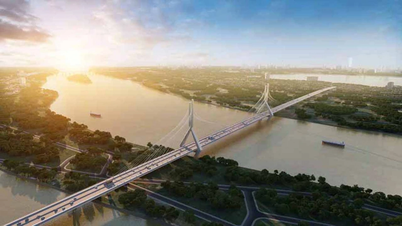
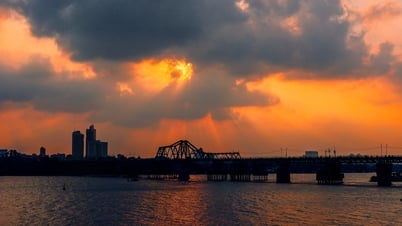



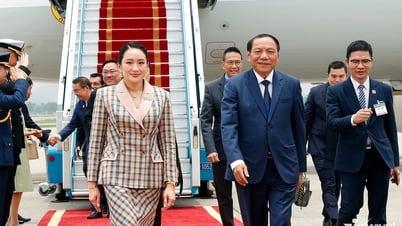


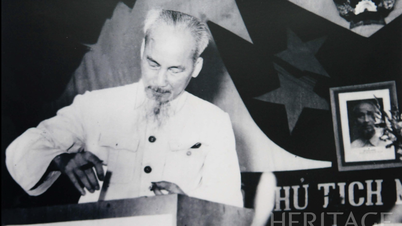

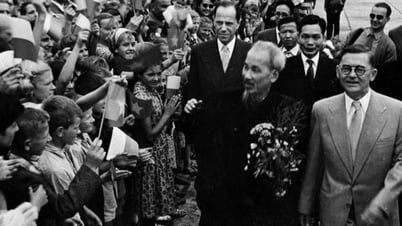
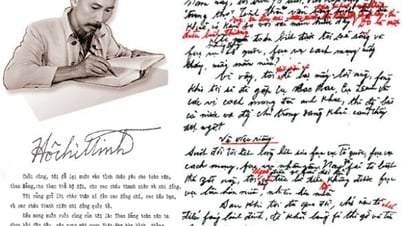



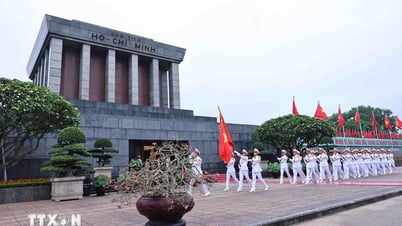







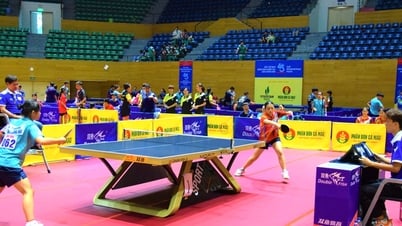
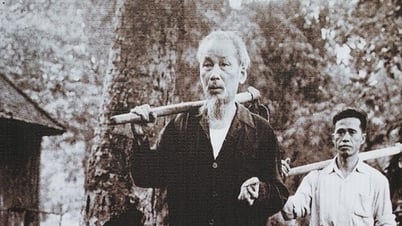

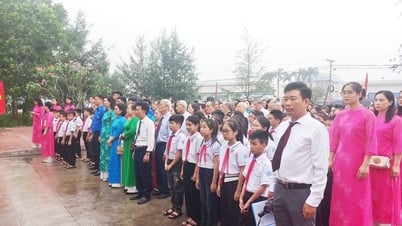
![[Photo] Prime Minister Pham Minh Chinh inspects the progress of the National Exhibition and Fair Center project](https://vphoto.vietnam.vn/thumb/1200x675/vietnam/resource/IMAGE/2025/5/19/35189ac8807140d897ad2b7d2583fbae)






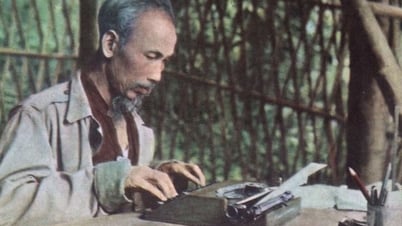
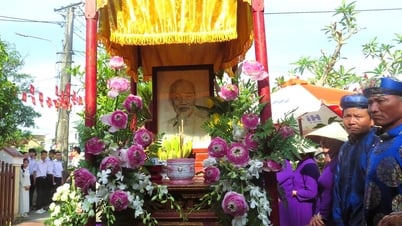







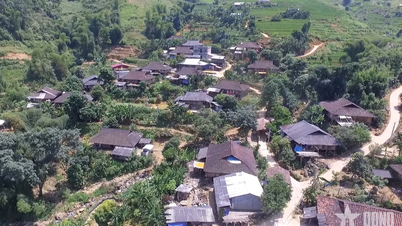

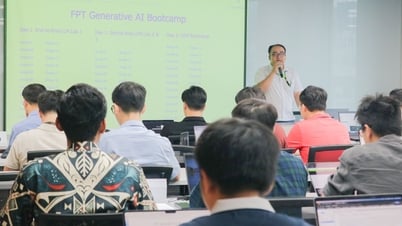

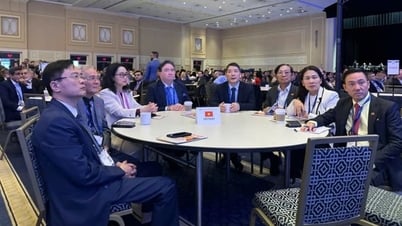
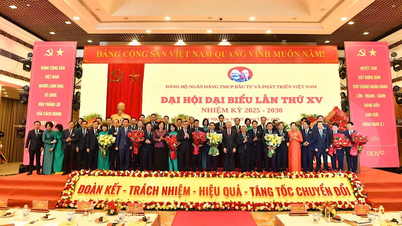



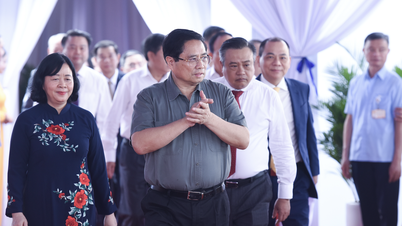


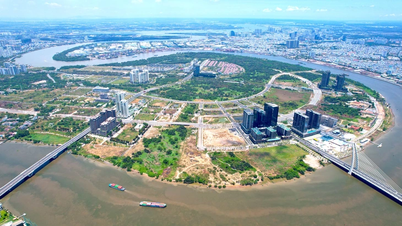


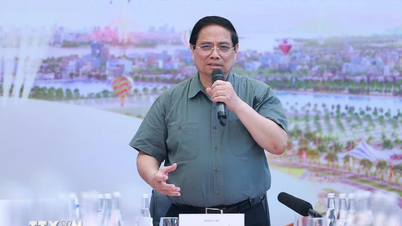














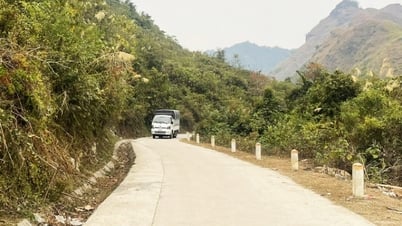

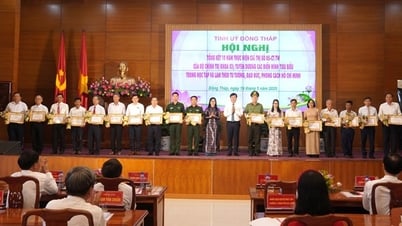



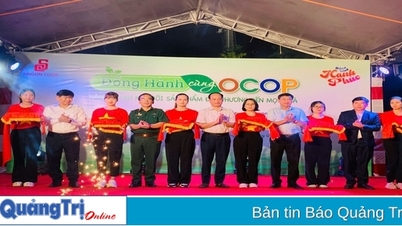

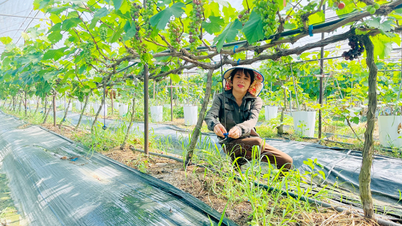



![[VIDEO] - Enhancing the value of Quang Nam OCOP products through trade connections](https://vphoto.vietnam.vn/thumb/402x226/vietnam/resource/IMAGE/2025/5/17/5be5b5fff1f14914986fad159097a677)


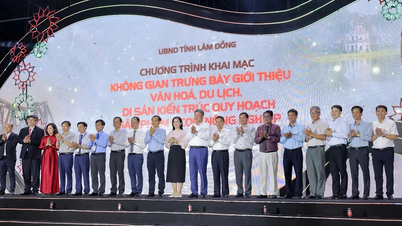
Comment (0)